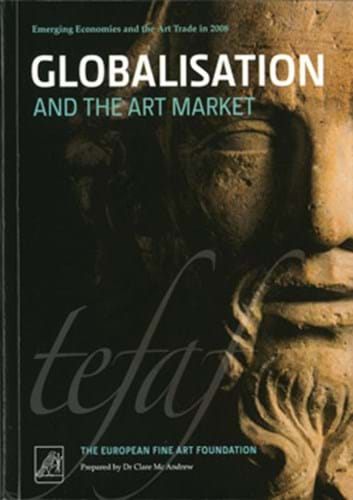
Entitled Globalisation and the art market, the 182-page study focuses on emerging markets such as Russia, India and China.
The statistics it uses track the market up until the end of September and so the study does not refect the the downward shift in the market since October.
Nonetheless, its publication remains an important event because, in a global market where it is notoriously difficult to pin down hard statistics, these TEFAF studies are widely known to provide the raw data by which governments and businesses assess the international art market.
Although trading patterns have changed dramatically in the past few months, the study shows how the emerging markets have grown, with China (including Hong Kong) becoming the third biggest player after the US and UK, now boasting an eight per cent share of the global market.
While the US still has 41 per cent of the market and the UK has 30 per cent, France (6%), Germany (3%) and Switzerland (2%) are listed as the only other significant individual countries.
Indian art sales totalled £203m in 2007, 30 per cent of it generated in India itself, and Russian art selling outside Russia accounted for £583m. Dubai topped the table as the centre for sales in the Middle East, accounting for £125m worth of business.
How these nations will fare in the coming year is anyone's guess at the moment, particularly when one considers that a high proportion of the Chinese and Indian totals, for instance, came from transactions in contemporary Chinese and Indian art, markets that have been severely hit by the downturn.
There are, however, some useful statistics on the number of auction houses in China, their ranking in the marketplace and transaction volumes. And the statistical profiles published here provide valuable background for judging future growth and performance.
Perhaps most usefully, Dr McAndrew dwells on the likely issues for the future.
Regulation in the emerging markets - both China and India have fairly stiff restrictions on what can be exported - the problem of fakes, censorship, currency and transparency in business are all expected to influence trade to a greater or lesser degree.
Dr McAndrew concludes by predicting a greater role for centres such as Dubai and Hong Kong if the latest wave of emerging collectors continues to protect the global market.
By Ivan Macquisten
• Note: The figures in the TEFAF report are in Euros. Exchange rate used for this article: £1= €1.2




